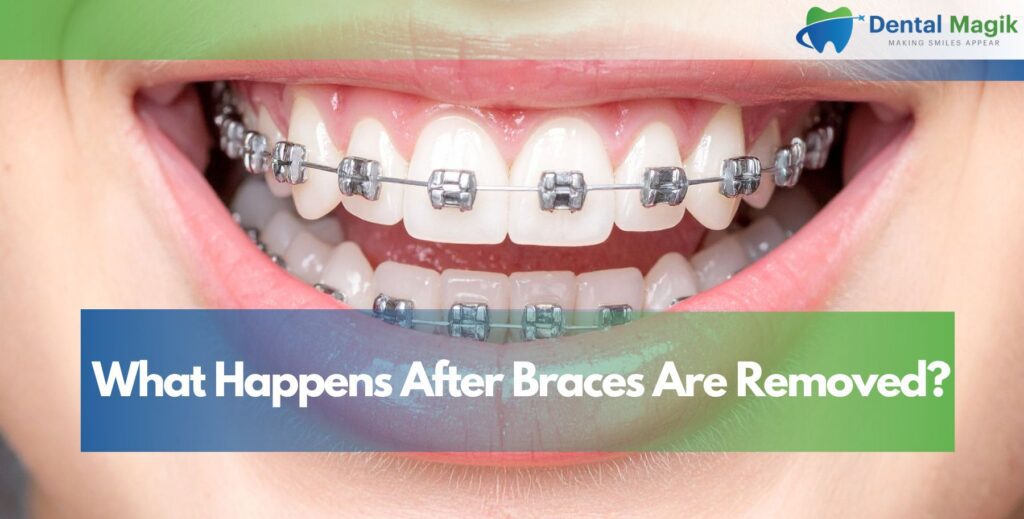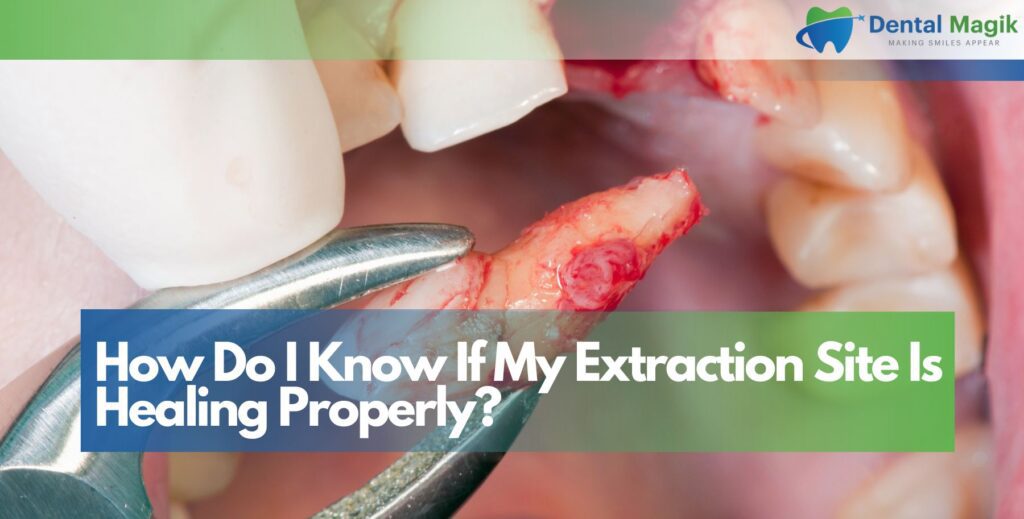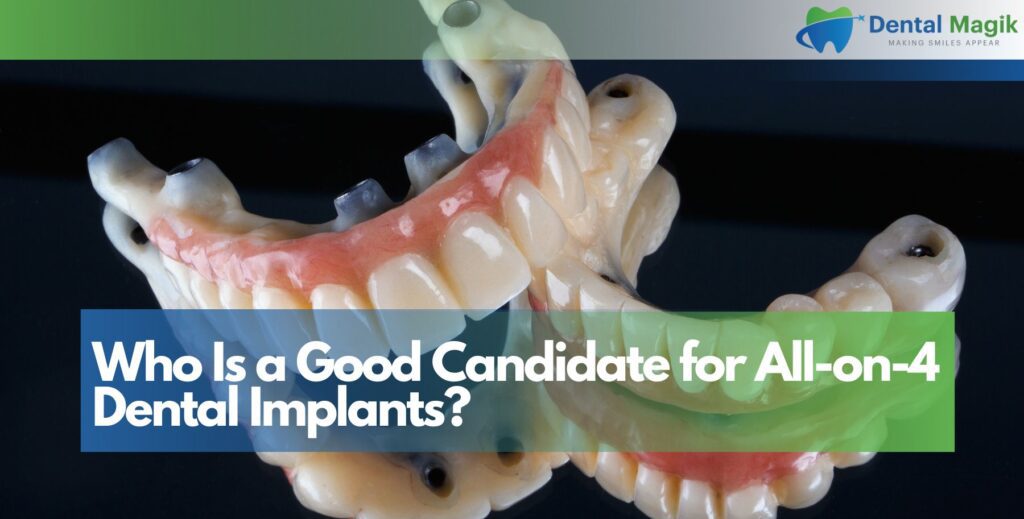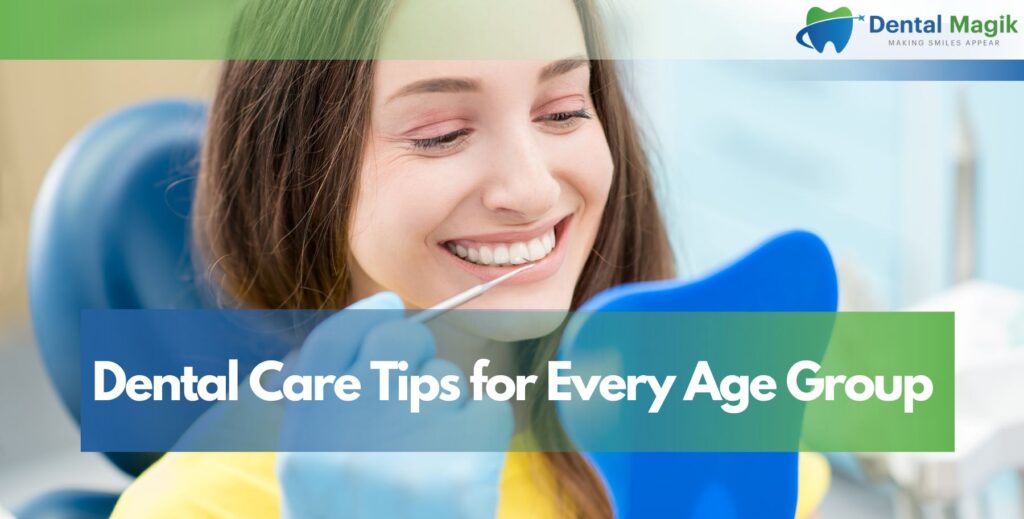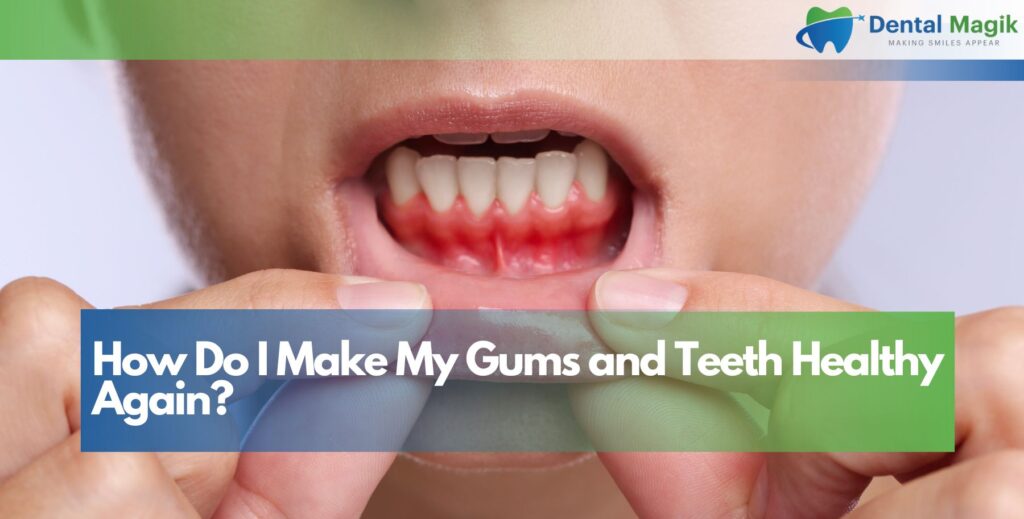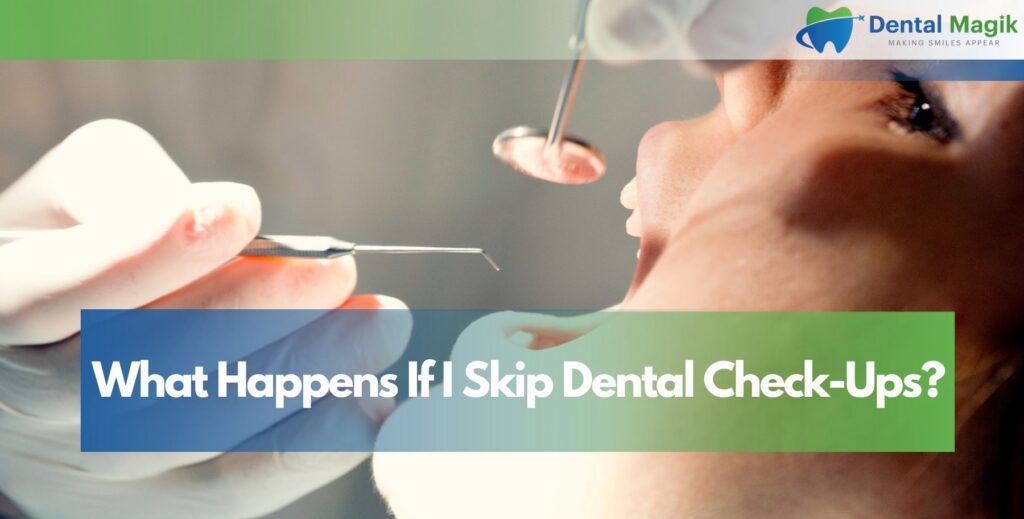Getting your braces removed is one of the most exciting milestones in your dental journey. After months or even years of treatment, you finally get to see your perfectly straight smile. But while the removal marks the end of one phase, it’s the start of another — maintaining your results and ensuring your teeth stay healthy and aligned.
Many patients wonder what happens immediately after braces come off, what changes to expect, and how to care for their teeth post-treatment. This guide will walk you through every detail of life after braces — from retainers and sensitivity to whitening and long-term maintenance.
Table of Contents
The Braces Removal Process
When your orthodontist confirms that your teeth have reached their final position, it’s time for the removal process. This is a simple and painless procedure that usually takes about 30–45 minutes.
What to Expect During Removal
Your orthodontist uses specialized tools to gently loosen the brackets and remove the adhesive from your teeth. You might feel a little pressure, but there’s no pain. Once the braces are off, the orthodontist polishes away the leftover bonding material, revealing your natural enamel.
This process leaves your teeth feeling smoother and slightly strange at first, but that’s completely normal. You’ll finally see the full transformation — your beautifully straight smile.
Initial Sensations After Braces Come Off
After your braces are removed, your mouth needs a short adjustment period. You might notice a few temporary sensations.
Teeth Sensitivity
Your teeth may feel sensitive for a few days because the enamel has been covered and protected by brackets. Exposure to air, temperature changes, or hard foods might cause mild discomfort. Avoid very hot, cold, or crunchy foods until sensitivity subsides.
Using a toothpaste for sensitive teeth and rinsing with lukewarm water can help ease the transition.
Smooth and Slippery Feeling
It’s common for your teeth to feel unusually smooth and slick once the braces are gone. This is because your tongue is now touching enamel instead of metal. Most patients describe it as a slightly odd but pleasant sensation that fades as you get used to your new smile.
Getting Your Retainer: The Next Important Step
One of the most important steps after braces removal is getting your retainer. This device keeps your teeth in their new positions and prevents them from shifting back.
Types of Retainers
There are two main types of retainers — removable and fixed.
- Removable retainers (like Hawley or clear plastic retainers) can be taken out for cleaning or eating.
- Fixed retainers are thin wires bonded behind your front teeth for constant support.
Your orthodontist will decide which type suits your teeth best. Wearing your retainer as instructed is crucial for long-term success.
Why Retainers Are Essential
Teeth have a natural tendency to move back toward their original positions — a process called relapse. The jawbone and surrounding tissues need time to stabilize after braces, and retainers hold everything in place while that happens. Neglecting your retainer can quickly undo months or years of orthodontic progress.
Retainer Care and Maintenance
Proper care ensures your retainer remains effective and hygienic.
How to Clean Your Retainer
- Removable retainers: Clean daily using a soft toothbrush and non-abrasive toothpaste or a special retainer cleaner. Avoid hot water, as it can warp the material.
- Fixed retainers: Brush carefully around the wire and use floss threaders to clean between teeth.
Storage Tips
Always keep your removable retainer in its protective case when not in use. Avoid wrapping it in tissues or napkins — they’re easy to throw away by accident. Never leave it in direct sunlight or near heat.
Teeth Whitening After Braces Removal
Many patients notice slight color differences on their teeth once the brackets come off. This is normal and temporary. The areas under the brackets were shielded from exposure, which can create minor shade variations.
When You Can Whiten Your Teeth
It’s best to wait a few weeks before starting any whitening treatments. Your enamel might be sensitive, and waiting allows your teeth to rehydrate and adjust. After that, you can consider professional whitening or safe at-home whitening products recommended by your dentist.
Natural Whitening Tips
Brushing regularly, avoiding coffee and tobacco, and using whitening toothpaste can help brighten your smile naturally. Regular cleanings with your dentist also maintain brightness over time.
Eating and Drinking After Braces
Once your braces are off, you’ll be able to enjoy foods that were previously off-limits — but it’s still important to be cautious, especially during the first few weeks.
Foods to Eat First
Stick to soft foods like pasta, yogurt, smoothies, and eggs during the first few days. These will help you adjust to chewing without brackets or wires.
Foods to Avoid
Stay away from extremely hard, sticky, or crunchy foods for at least a week to prevent sensitivity or damage to your enamel. Gradually reintroduce these foods once your teeth feel comfortable.
Addressing Gum Inflammation and Oral Hygiene
After braces, your gums might feel slightly swollen or tender. This is often due to plaque buildup around brackets during treatment.
How to Improve Gum Health
Brush gently but thoroughly twice daily with a soft-bristle toothbrush. Floss regularly and use an antibacterial mouthwash to reduce inflammation. Within a week or two, your gums should feel healthier and firmer.
A professional dental cleaning can also remove any leftover plaque or tartar missed while wearing braces.
Adjusting to Life Without Braces
Adapting to your new smile involves a few lifestyle and oral hygiene adjustments.
Speaking and Eating Normally
Your speech might sound slightly different for a day or two, especially if you have a new retainer. Eating may also feel odd initially, but your bite will quickly normalize.
Within a week, you’ll be fully adjusted and comfortable with your new teeth alignment.
Maintaining Oral Care Habits
Keep up with brushing and flossing, just as you did during your orthodontic treatment. Proper oral hygiene ensures your straight teeth stay healthy for years to come.
Follow-Up Appointments After Braces
Your orthodontist will schedule follow-up visits after your braces are removed. These appointments allow them to monitor how your teeth are settling and ensure your retainer fits properly.
Frequency of Visits
Typically, your first follow-up will be about six weeks after removal, followed by check-ups every few months during the first year. These visits are essential to confirm your teeth remain aligned and stable.
Why These Appointments Matter
Even small shifts can occur after treatment, so early intervention prevents long-term problems. Adjustments to your retainer or cleaning advice may also be provided during these visits.
Dealing with Post-Treatment Sensitivity
Mild sensitivity after braces removal is common and usually short-lived. The enamel, which was covered by brackets, needs time to adapt to temperature changes.
How to Manage Sensitivity
Use fluoride toothpaste for sensitive teeth, avoid extremely hot or cold foods, and rinse with warm water after meals. If the discomfort persists beyond a few weeks, consult your dentist to ensure there are no underlying issues.
Long-Term Oral Care After Orthodontic Treatment
Straight teeth still need consistent care to stay healthy and beautiful.
Regular Dental Check-Ups
Continue visiting your dentist every six months for cleanings and exams. Regular professional care helps catch early signs of decay, gum issues, or wear on your retainer.
Wearing Retainers Consistently
Even years after braces, wearing your retainer at night helps maintain alignment. Skipping retainer use can cause subtle shifts that may eventually require correction.
Lifestyle Choices That Support Healthy Teeth
Limit sugary foods, drink plenty of water, and avoid smoking to keep your new smile bright and healthy. Protect your teeth during sports with a custom mouthguard.
How Braces Removal Impacts Your Confidence
One of the most rewarding parts of braces removal is the confidence boost. Seeing your straight, beautiful teeth in the mirror can be life-changing.
Psychological Benefits
A well-aligned smile improves not only your appearance but also your self-esteem. Many patients report feeling more comfortable in social and professional settings after orthodontic treatment.
Common Problems After Braces — And How to Avoid Them
While most patients transition smoothly, a few common issues can occur if post-treatment care isn’t followed.
Relapse (Teeth Shifting Back)
Not wearing your retainer consistently is the leading cause of relapse. Follow your orthodontist’s instructions closely to avoid losing your results.
Staining or Uneven Coloration
Mild discoloration is normal but fades with regular cleaning and whitening. Avoid staining beverages like coffee and red wine for the first few weeks.
Jaw Discomfort or Bite Changes
Minor bite adjustments are common as your mouth adapts. If discomfort persists, your dentist or orthodontist can adjust your retainer to balance your bite.
Conclusion
The day your braces come off is a major milestone, but keeping your results depends on what you do next. Wearing your retainer, practicing excellent oral hygiene, and visiting your dentist regularly are the keys to maintaining your perfect smile.
Post-treatment care ensures that your teeth stay straight, strong, and healthy for life. For expert guidance, ongoing care, and personalized dental solutions, visit your trusted Dentist in East Brunswick, NJ for continued support in keeping your new smile at its best.
FAQs
Do teeth move after braces are removed?
Yes, teeth can shift if you don’t wear your retainer as prescribed. Retainers are designed to keep your teeth in their corrected positions.
How long do I need to wear my retainer?
Most patients wear retainers full-time for several months, then only at night indefinitely. Your orthodontist will give specific recommendations.
Can I eat normally after braces removal?
Yes, but start with soft foods for a few days while your teeth adjust to biting and chewing without braces.
How soon can I whiten my teeth after braces?
It’s best to wait 2–4 weeks after removal before whitening, to allow enamel to rehydrate and sensitivity to decrease.
Why do my gums feel swollen after braces?
Mild gum inflammation is normal due to plaque buildup during treatment. Regular brushing, flossing, and mouthwash use will reduce swelling.
How often should I visit my dentist after braces?
You should continue seeing your dentist every six months for cleanings and exams. Your orthodontist may also schedule check-ups to monitor retention.
What happens if I lose or break my retainer?
Contact your orthodontist immediately to replace it. Delaying can cause your teeth to start shifting back.
Can I skip wearing my retainer for a few days?
Even a few days without wearing it can cause noticeable movement. Always follow your orthodontist’s directions closely.

